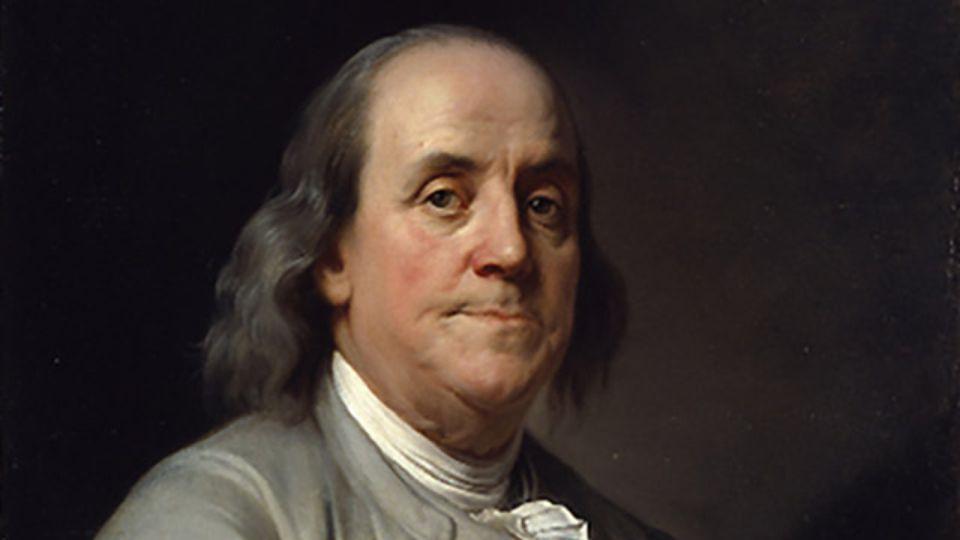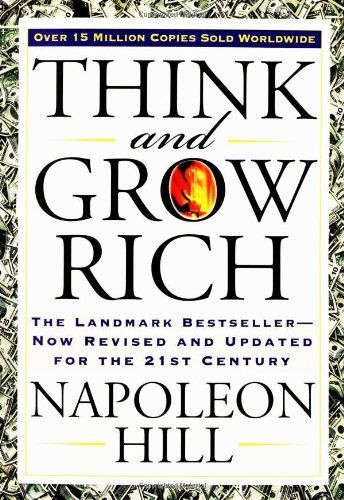The Mastermind Brief
A peer advisory board that meets with the aim of sharpening the groups personal and business skills.

No two minds ever come together without thereby creating a third, invisible intangible force, which may be likened to a third mind [the master mind]. – Napoleon Hill

Think and Grow Rich - By Napolean Hill
The phrase Mastermind Group (MMG) was first coined by Napoleon Hill in his 1937 book “Think and Grow Rich”. An MMG can be thought of as a peer advisory board that meets with the aim of sharpening the group’s personal and business skills so they can achieve optimum outcomes[1]. It is not a group coaching session[2].
The Why?
You are the average of the five people you spend the most time with. – Jim Rohn
The possible result of any situation is the average of all possible outcomes. So if your aim is to become a professional table tennis player, then surround yourself with professional table tennis players. To be successful, surround yourself with successful people. A MMG is a way of surrounding yourself with like-minded people of similar focuses, ambitions and interests. Both Benjamin Franklin and Thomas Edison saw the benefits of MMG.
Don’t reinvent the wheel, you are not the first professional table tennis player. A MMG helps you focus, shape ideas, validate ideas and help correct course if needed. While providing inspiration and success stories.
A MMG is a place of unbiased ideas and respectful opinions. Encouragement, inspiration, shared resources and accountability[3]. It is not a gossip group but focused on your growth and the growth of others in the group through the collective brain. To paraphrase Napoleon Hill, success is planned and earned. The only limitation you have is the one you accept in your own mind.
What is in a name?
A name and description help set the purpose and make clear the group’s aims. Ensuring it is formed around people striving for a common purpose, but not necessarily with common perspectives. Hearing different views helps you see the forest from the trees. It is not always easy to see your own problems the way others do[4]. It is important to have people with similar drive, and commitment and be in the same place in business/life so that everyone gets something from the MGG and the input doesn’t become lopsided.
MMG Membership
Pick your group members carefully, as the group will only be as good as the people in it. Try to choose people with different perspectives and skill sets because they will see the world in a different way and provide solutions you may not see[3:1]. And only allow new members with the unanimous consent of the group.
Be ready to ask a member to leave the MMG if they are not up to the standard of participation, and do it quickly once the poor behaviour becomes clear. A “slacking” member will bring down the energy and fun level of the whole MMG[5].
Create habits by creating rules
A set of rules will help set expectations for the MMG group, avoid disappointment and provide an understanding of their return on investment (time). If someone is not a good fit for the group (i.e. not meeting expectations), then the rules — not followed — make a hard conversation about someone leaving easier.
6 Rules to create habits:
- Rules are never forever (change as needed).
- Keep the group at 2 to 5 people. This provides an opportunity for all to speak and be listened to.
- New members may only join the group with unanimous consent and a test in the hot seat.
- Respect other people’s time. Don’t miss meetings and be on time.
- What happens in the MMG stays in the MMG. It is a sacred place.
- Be willing to dissect and be dissected.
Meet Regularly and Precisely
Keep to a regular meeting schedule and ensure all members are punctual. Ensuring that meetings end on time and each member has equal time. Capture what happens at each meeting: lessons, triumphs, goals, and items you want to keep each other accountable on.
Assuming a sixty-minute meeting, a meeting starts with a ten-minute round table where everyone shares wins they have had — preferably from previous goals. This sets a positive tone for the meeting and gets the blood pumping. Followed by a forty-minute hot seat where one member presents a problem or business idea they are working on, and the group provides feedback and advice on how to move forward. To close out the meeting, a second ten-minute round table where the MMG shares goals for the following period[4:1].
Roles and Responsibilities
Each meeting needs three roles rotated each meeting:
- The Facilitator;
- The Hot Seat;
- The Group.
Each role has different responsibilities within the meeting:
The Facilitator:
- Is the person from last week’s hot seat
- Keeps track of time
- Directs the conversation
- Prompts the quiet ones
The Hot Seat:
- Presents a problem or issue
- Talks about current or upcoming projects
- Presents a recent finding or discovery
- Asks specific (direct) questions
The Group:
- Listens, provides their full attention and respects each persons time
- Shared experiences and resources
- Dissects and investigates further (why? more information)
- Encourages and supports (energises)
- Ask open questions, not closed ones[6]
Tips
9 Tips to for a successful MMG:
- Be brutally honest. You are not there to be comfortable
- Share how you are best motivated
- Dedicate goals meetings (2x per year)
- Plan ahead when you are in the hot seat (don’t waste other people’s time)
- Meet in person once a year (fun/fancy)
- Start a private hub – central resources such as meeting notes
- Follow up and know it’s okay to disagree
- Make it a priority
- Create rules
Building a MMG
MMG are typically built through networks and connections. A good way to build your network is to go to environments where you can find like-minded people such as seminars, meetups and industry groups. The more successful you become the easier it is to find people for your MMG[7].
- Video: Napoleon Hill’s Mastermind Principle↩︎
- What is a Mastermind Group? A Definition↩︎
- How To Start and Run a Mastermind Group↩︎↩︎
- Video: How to Structure a Mastermind Meeting - SPI TV, Ep. 10↩︎↩︎
- Video: Mastermind Groups are the Secret to Success - Tips and Presentation! - SPI TV, Ep. 9↩︎
- Open and Closed Questions↩︎
- Video: How to Build a Winning Mastermind Group (Webinar Replay) - SPI TV, Ep. 12↩︎
